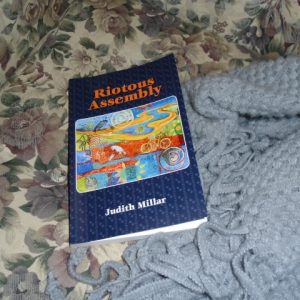People experience the world through all the senses, but most of us are primarily focussed on one or two, such as sight and perhaps sound, or tactile sensations and taste. For writers, that means their words must engage as many of the senses as possible in order to help all types of readers to imagine the scene.
Sensory words are not limited to adjectives. Verbs evoke a particular type of perception, as well. Here is an example:
Snow glistened under the pale moon as wind moaned among the pines, its biting chill sharp with the wintergreen scent of needle and resin.
Sight, sound, smell, taste, and touch are represented in this one sentence.
However, not every passage lends itself to the full multisensory experience. Indeed, it can be difficult to employ appropriate wording to appeal to all five senses in an extended paragraph, much less a single sentence. And a writer’s personal tendency to rely on a given perceptive mode, such as sight, will be evident in the words and phrases commonly chosen. Part of the editing process is identifying such single-minded descriptors and reworking those sections to widen the sensory information.
An added difficulty is the similarity between expressions that apply to scent and taste.
My own tendency is toward visual and kinetic descriptions, with auditory clues especially pertaining to dialogue. On the other hand, some writers fill their pages with vivid descriptions of tastes and smells, their visual descriptions comparatively few.
I suspect readers may prefer authors whose sense priorities match their own, and those whose words create multi-sensory experiences with universal appeal. Truly great writers strike that balance to engage everyone.
Which of your senses do you use most in perceiving the world? Do your favourite authors appeal to that sense?




I like good vivid descriptions that I can visualize what, who and where things are happening. If a book doesn’t give me that, I won’t read the book.